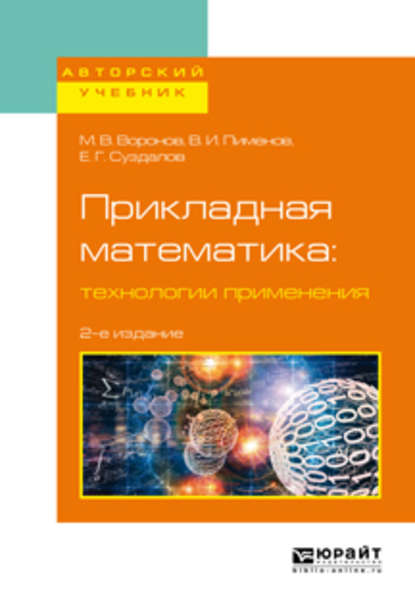Marco Di Zio - Statistical Matching

There is more statistical data produced in today’s modern society than ever before. This data is analysed and cross-referenced for innumerable reasons. However, many data sets have no shared element and are harder to combine and therefore obtain any meaningful inference from. Statistical matching allows just that; it is the art of combining information from different sources (particularly sample surveys) that contain no common unit. In response to modern influxes of data, it is an area of rapidly growing interest and complexity. Statistical Matching: Theory and Practice introduces the basics of statistical matching, before going on to offer a detailed, up-to-date overview of the methods used and an examination of their practical applications. Presents a unified framework for both theoretical and practical aspects of statistical matching. Provides a detailed description covering all the steps needed to perform statistical matching. Contains a critical overview of the available statistical matching methods. Discusses all the major issues in detail, such as the Conditional Independence Assumption and the assessment of uncertainty. Includes numerous examples and applications, enabling the reader to apply the methods in their own work. Features an appendix detailing algorithms written in the R language. Statistical Matching: Theory and Practice presents a comprehensive exploration of an increasingly important area. Ideal for researchers in national statistics institutes and applied statisticians, it will also prove to be an invaluable text for scientists and researchers from all disciplines engaged in the multivariate analysis of data collected from different sources.









